by Ken Wright
In 1942, Brisbane was the third largest city in Australia and the state capital of Queensland. To many, however, it was more like a big country town than a city, its 340,000 inhabitants living in a quiet, conservative, and isolated atmosphere. Not many people came to visit, and even fewer stayed. Then the Americans arrived. The geographical situation and the presence of General Douglas MacArthur’s headquarters drew American servicemen to the city center by the thousands. Australian soldiers (Diggers) were there too, their numbers increasing as the war effort grew and Brisbane swelled with the influx. By November 1942, it had become a garrison city. It was not even Brisbane anymore. American High Command was calling it Base Section 3.
For most servicemen based there, the enemy was not the Japanese—but boredom. Idleness was a constant companion. The hotels only opened three hours a day, and the cinemas were closed on Sundays. Everyone always knew when the few city cinemas were open, as the lines of people seeking admission extended several blocks. Hotel sessions were as limited as the available alcohol, and any form of entertainment was hopelessly inadequate for the numbers seeking it. There was also deep resentment from many of the inhabitants, notably the Australian servicemen returning from action in the Middle East. They quickly concluded that the Americans had virtually taken over their town—both militarily and socially.
It seemed that most women, single and married, were in the arms of the well-groomed, prosperous Americans. The old grievances of pay, clothing, food, and perceived preferential treatment festered in the minds of the Diggers. Overseas they fought a common enemy, but here tensions between the Allies increased and violence escalated. From April to October 1942, 1,032 American servicemen were charged with mischievous offenses. The Australian equivalent was probably proportionally no less. Many incidents warranted the attention of the civil authorities, some the Coroner’s court. The press was heavily censored at the time, and very few details of serious offenses reached the general public. The local newspapers condemned the American habit of carrying knives.
The U.S. Consul, Mason Turner, advised the State Department that there was considerable dislike of Americans. He went as far as to suggest that in many areas of Queensland, “matters had reached such a pass that some Australians and Americans would rather kill each other than the Japanese.”
In Brisbane, the Provost Marshal of the American forces, Lt. Col. Harry H. Vaughan, reported that in November his military police units were breaking up 20 fights a night. The situation was similar in some southern centers. In Sydney, Colonel A.N. Kemsley confided to a colleague that letters “intercepted from different areas revealed that GI’s had considerable ill feeling towards Australian servicemen.” Clearly, both sides had different views.
For the Australians, Maj. Gen. J.M.A. Durrant, commander of the Australian troops in Queensland, interpreted the ill feeling as resentment at the first claim on accommodations, foodstuffs, and luxuries which, rightly or wrongly, “they believe is accorded to U.S. personnel because their spending power is so much greater than the Australians.” There was further reference to the perennial problem of U.S. troops and local women. Durrant made mention of “the conduct of a large section of women folk who permit themselves to be literally ‘mauled about’ in public, irrespective of the time and place.” Resentment toward Americans in England by British servicemen was aggravated by the same sentiment. The situation was not made any easier with the American attitude of being a law unto themselves in the host countries.
In Brisbane alone, divorce figures for 1942-1943 rose from 100 to almost 400. It was estimated that approximately 200 of these involved adultery, with a third attributed to the Americans. The cessation of engagements, fallouts with sweethearts, and broken vows and hearts must have been enormous in number. There is no doubt that Brisbane was the Allied love nest during the war. Of the 15,000 marriages involving American servicemen and nationals, 5,000 were at Base Section 3.
“At Least Half the Members were Unsuited for Police Work Because of Habits of Insobriety, Lack of Dependability, Physical Weakness, Physical Build and Mental Development.”
Both the Australians and the Americans had resentment, indeed hatred, for most levels of authority. To many of them, the nemesis of authority was the military police, sometimes called provosts. With almost 100,000 servicemen in the city, the maintenance of law and order was hopelessly out of the reach of the civil authorities and military control was necessary. In Brisbane in late 1942, the American Provost Corps had over 800 active personnel; the Australian Provost staff in the area numbered 110. In November, U.S. military law and order was the responsibility of the 814th and 738th MP Battalions based at Whinstanes, a few minutes from the city center, which was the favorite social haunt for all servicemen as the Australian and American canteens were located there.
In addition to enforcing order, the provosts undertook sentry duties on docks and facilities. The suitability of the 738th Battalion personnel for their duties was suspect. According to the official history of the Provost Marshall’s Section, “At least half the members were unsuited for police work because of habits of insobriety, lack of dependability, physical weakness, physical build and mental development.”
The typical provost was armed and aggressive, and one historian of the early war years has suggested, “It is probably a fair generalization to say that in the United States, the display of batons and firearms in the hands of police is an effective way of quelling a riot whereas in Australia it is an effective way of starting one.”
If the military police were not to be treated with respect, then they were to be treated with caution. A taxi driver was shot and killed outside a U.S. camp in Sydney while he was looking for his passenger. An Australian sailor was killed in an argument over the possession of a salt shaker by a provost in a café. Another Australian sailor was gunned down after an altercation with a provost who knelt and with a fixed arm position, fired two .45-caliber rounds into the chest of the unfortunate sailor.

These and other tragic episodes have a common denominator. In the heat of the moment a firearm resolved the situation. Without the presence of weapons, these men would not have died. The numerically inferior Australian provosts carried only a baton, while the Americans, like lawmen from the old Wild West, carried a holstered .45-caliber automatic, a weapon of devastating effectiveness. On many occasions, the weapons created more problems than they solved. It was also a clash of cultures where one country had, to a degree, been established by the use of firearms, while the other was fortunate enough geographically not to have needed to rely on the gun.
Increasing tensions with provosts, servicemen, and civilians in the depressing environment of a gloomy, dark, and crowded Brisbane suggested that a day of reckoning was at hand. The confrontation between Australian and American servicemen that came to be known as the Battle of Brisbane shocked many but surprised few. Scarcely reported at the time and only sporadically since, the incident has largely faded into history. Most cannot remember. A few cannot forget. In hindsight, the significance of the battle is apparent. Not only was it the largest and most violent disturbance between Allies during the war, but it was a significant factor in destroying Brisbane’s innocence and an influential factor in the ever-changing relationship between the two Allies.
On November 26, 1942, fate was to place a company of the 738th MP Battalion in Base Section 3 with a few thousand servicemen looking for entertainment. It was a fine summer’s day in Brisbane with everyone going about their normal activities, but just before noon there was an omen of things to come when an American MP had tried to stop a fight on Albert Street. A baton struck the head of a Digger, which drew others to the scene. After a small but violent brawl, some peace was restored. Nonetheless, many observers believed the authorities were losing control. At 6:30 pm, the hotels had closed for the second time that day and, as always, the darkening, unlit streets were crowded with aimless servicemen and a few civilians looking for some form of entertainment.
Private James R. Stein, 404th Signal Company, United States Army, was about to inadvertently start one of the most notorious episodes of the war on the home front. Stein had been in the Australian canteen, with whom and for what purpose is unknown, but he had been there drinking. When he left the canteen, he started to walk in the direction of the American PX canteen, a short distance away. On his way to the PX, Stein walked into three Diggers who had also been drinking. If a serviceman bumped into another at that time, either talk or fighting ensued. Initially, on this occasion, there was talk.
While this friendly dialogue between Allied servicemen was taking place, it is unclear if one or two American MPs arrived on the scene. There is no doubt that Private Anthony E. O’Sullivan, 814th MP Company, challenged Stein for his leave pass.
Nobody knows who struck the first blow. There was cursing, a baton raised, blows landed, boots and fists connected, and then the three Diggers became 10, then 20. Civilians came too. There were whistles from all quarters, and more MPs arrived, most from the PX. The fight was getting out of hand and the MPs, not used to being outnumbered, retreated to the PX. Stein stumbled in also. O’Sullivan was carried in, and the doors were quickly closed and bolted.
Immediately, there were frantic phone calls and alarms. Hundreds gathered outside, and soon rocks, sticks, and bottles were being hurled at the canteen. First Lieutenant Lester Duffy, from the 814th, arrived at 7:15 pm. “There were about a hundred Australian soldiers struggling to break through a makeshift cordon around the PX door,” he later reported. “They were shouting for the Yank bastards to come out—or they would come in.”
Police Inspector Charles Price was one of the first of the civil authorities on the scene. According to Price, “The crowd was growing rapidly. They were hooting and shouting—pull the bloody place down—come out and fight.… You used the batons on our mates but you ran away at Milne Bay.”
According to Captain Robert M. Wise, an American liaison officer who observed the action from the balcony of the nearby Gresham Hotel, “Civilian police were lined across the door, backed by U.S. military police. Every so often green clad soldiers milled in front of the door and rushed it, and I could see night sticks being used and there would be much fighting.”
By 8 pm, it was Estimated That 2,000 to 4,000 People Were Involved in the Melee, Which Showed no Sign of Easing.
As the battle spread into other streets, women workers were evacuated and escorted clear of the area by soldiers. In the PX, Private Stein attempted to retrieve his leave pass from the pocket of the prostrate Private O’Sullivan. Stein disappears from recorded history with a brief statement: “I was told to forget about the pass. Someone gave me a club and I stood in line with the other fellows and helped them out.”
The area was cordoned off by military police of both sides, who formed pickets with the civilian police. Many vehicles were turned back by armed men. Some were there out of curiosity; some wanted to join in. Duncan Caporn remembers detaining a small truck driven by an Australian officer and three men. The four were arrested after sentries found four Owen submachine guns, several boxes of ammunition, and a quantity of hand grenades. By 8 pm, it was estimated that 2,000 to 4,000 people were involved in the melee, which showed no sign of easing.
The chance to stop the riot was lost when the local fire brigade appeared but could not or would not train its fire hoses on the crowd. The Americans would bitterly criticize this failure.

“We have no intention of using our services to quell military or civil riots. Our job is to put out fires,” said the bureaucratic fire chief shortly after the event. Some Australian MPs removed their armbands and joined the mob, while others tried to placate them.
Private Norbert Grant of C Company, 738th MP Battalion, was not even in the city when the battle started. He was in South Brisbane’s Musgrove Park reading a book. At 7 pm, he left. It had become too dark to read and, besides, the word was out that there was a fight in town. It was not your everyday fight, but a real brawl. Grant thought it best to report for duty early. He was just through the barracks door when he was handed a 12 gauge Stevens pump action shotgun. It is a riot gun capable of firing a casing of 30 pellets, a genuine peacekeeper and devastating at close range. Grant was then ordered to join the others and proceed to the PX because “there is a hell of a riot and our boys are getting hurt.”
The Australian and American MPs and civil police had shown considerable responsibility in not resorting to the use of firearms up to this stage. Private O’Sullivan, to his credit, did not draw his pistol when being assaulted. The riot so far was only being fought with bottles, sticks, fists, boots, and any handy objects. It took about eight minutes for Norbert Grant and other members of C Company to reach the battle. Soon they were elbowing, pushing, and shoving their way through the crowd to get to the PX where the Americans feared they were going to be killed. Outside, they could see thousands of servicemen, civilians, and Australian military and civil authorities.
There were armed sentries outside manning the pickets and trying to pacify the crowd. Civil police were frantically attempting to protect civilians; some were also talking to the crowd. Police later stated that the armed pickets were ineffective; some left, some joined the crowd, many remained passive.
What Grant saw as he forced his way toward the PX was a sea of hostile humanity. “Jesus Christ,” he thought, “I’m goin’ to get killed tonight.” Within an hour of reading a book in the tranquil surroundings of Musgrove Park, Private Norbert Grant was about to be immortalized in notoriety. “Look!” someone shouted. “One of the bastards has got a gun.”
Grant told the subsequent court of inquiry, “Suddenly they all came for me, and I had my back to the wall of the PX and I menaced them with the gun and told them to break it up. One of the Australian soldiers came close to me so I jabbed him with it. Then as I was standing against the wall, they grabbed the front of the gun and this other soldier had hold of me by the neck, and this is when the gun went off.”
The gun went off. Three shots were fired. Grant could only remember firing one. The first shattered the chest of Private Edward Webster from the 2/2 Anti-Tank Regiment, and he was dead before he hit the floor. Private Kenneth Henkel fell with wounds to the cheek and forearm. Private Ian Tieman fell with a wound to the chest, and Private Frank Corrie with a thigh wound. Private Walter Maidment was aged only 18 when he was wounded in action on the street of his own city. Private Richard Ledson, a comparatively old man at 35, suffered a compound fracture of the left ankle and gunshot wounds to the left thigh and left hand. Sapper DeVosso was shot in the thigh, and a civilian, 38-year-old Joseph Hanlon, was shot in the leg.
There were screams, shouts, and then a momentary silence. Grant scrambled from the footpath and headed toward the PX, breaking the butt of the shotgun over the head of an Australian in the process. Another American soldier, Private Joseph Hoffman, who was posted as a guard on one of the PX’s doors, was to bear the brunt of the Australians’ fury. His skull was fractured. From 7 pm until 10 pm, the Battle of the Canteens, as some called it, continued virtually unabated. Eventually it subsided. The crowd dwindled, the fire brigade left, and the ambulances arrived. The lower section of the PX was destroyed. Litter and broken glass became the mementos of the battle.
Considering the intensity of the riot, the casualty list was slight. One Australian dead, eight with minor gunshot wounds, six with baton injuries, hundreds more with black eyes, swollen cheeks, split lips, broken noses, and assorted abrasions. Eight MPs were injured. At 11 pm, the Chief Censor’s office in Brisbane sent a directive to all states that there would be no cabling or broadcasting the details of the Brisbane riot.
In Brisbane and across Australia, the tight censorship had an adverse effect. With no official details, rumors were rampant. The Yanks were being blamed for it all.
Ten Diggers, no 15, had died when the Yanks shot, no, machine-gunned the crowd. Some were beaten to death by batons. One was run over and left to die. There was talk of vengeance and retribution.

On Friday, November 27, groups of Diggers went into the city looking for Americans and for trouble. Fortunately, trouble was expected and some precautions were taken. Both canteens were locked up, and pickets were manned by dozens of armed troops. The target for the Australian packs was not necessarily the PX, nor was it the American MPs. It was any American in uniform.
“Aussies Were Grabbing Every American They Could Find and Kicking the Hell Out of Them.”
Further trouble might have been averted had servicemen of both sides been confined to their bases. Some were, but many still walked the streets. As the evening sky began to darken, crowds gathered outside the American Red Cross building, the area around the PX having been secured. NCOs in the crowd confiscated hand grenades and attempted to find their men and get them away from the area. The situation was delicate. American MPs on the first floor were heavily armed and ready to fight.
The throng broke up and gathered again at the corner Queen and Edward Streets outside General MacArthur’s headquarters, and the mob shouted abuse in the direction of the general’s office. The mob was wasting its time as the general was in New Guinea on a rare visit to the front. American Warrant Officer William A. Bentson worked in MacArthur’s headquarters and has the distinction of being an eyewitness to both rounds of the battle. He recalled the Friday night disturbances:
“I had just left barracks and was walking to headquarters for my shift. When I got to Queen Street, it seemed to be at a standstill. People were everywhere. Aussies were grabbing every American they could find and kicking the hell out of them. It didn’t look good so I ran down a lane and made a run for HQ. The Aussies were Militiamen not regular AIF soldiers. I could tell this by the band on their hats. There could not have been more than 300 [figures vary between 300 and 600]. I was watching the events from HQ’s 6th floor. There were three circles formed in the crowd and they were passing Americans in uniform over their heads and into the circles where they were punching and kicking them. The Aussies could only find 21 Americans and they were taken to hospital after being beat up. Many friends of mine in GHQ were beat up and the next morning, several of them showed up for duty with their arms in slings and black and blue marks on their bodies.”
The potential for disaster increased when a group of Diggers waving stolen batons faced a group of 20 U.S. provosts in Queen Street. The Americans lined up and drew their holstered .45 automatics. An unknown Australian officer became the hero of the hour when he persuaded the American commander to get his men into a truck and to drive away, thus averting what could have been a bloodbath. If the provosts had gunned down the Australian soldiers, it is possible war would have been fought in the streets of Brisbane instead of the jungles of New Guinea.
Casualties for the second and final night of the battle were 21 injured, of whom 11 were hospitalized. All were American. The figure included eight MPs and four officers. Measures were implemented the next day to ensure there would not be a repeat of the past two days. Units prominent in the battle were moved, MP strength was increased, the Australian canteen was closed, and the American PX was relocated. An investigation began almost immediately. The Americans insisted that the incident was caused by the Australians’ involvement in an affair that had nothing to do with them. Australian authorities admitted that their troops were responsible for the incident but suggested that the American provosts needed to learn the virtue of tact and restraint.
There was much criticism of the ineffectual control shown by the civil authorities, and base commanders were taken to task for not confining nonessential personnel to base during the riot. There were calls for better communications between the two sides. When it was suggested to MacArthur that a series of discussions and lectures could bond the fragile link between the two Allies, MacArthur dismissed the idea as unnecessary, saying, “It would make the situation seem more serious than it is and there is no staff or facilities to support such a venture.”
It should not be forgotten that the ultimate blame for the lack of inter-Allied harmony should rest with him as supreme commander. Events before, during, and after the Battle of Brisbane occurred not only in MacArthur’s resident city, but in the streets outside his office. General MacArthur had more important priorities, such as winning the war and his own personal glory.
The inquiry also achieved many positive developments. Certain restrictions were lifted, including entertainment becoming more accessible, and soon tensions eased. However, no authority had the power to resolve what was always the fundamental problem. The Australian soldier during World War II remained the poorer relation to his American counterpart. The Battle of Brisbane might have started with a beer, a baton, and a boot, but the frustration of the Australian servicemen was their battle with a foe they could never beat—the Yank down under and his dominance of all things military and otherwise. The Yanks may well have been oversexed, overpaid, and in Australia, but the Australians were undersexed, underpaid, and under MacArthur.
To summarize the problem, it included liquor, GI pay and smarter uniforms, and discrimination in shops and hotels in favor of the Americans. The spectacle of American troops with Australian girls, particularly the wives of absent soldiers, and the American custom of caressing women in public added to the situation. If it had been reversed would Americans have reacted any differently?
On February 27, 1943, Private Norbert Grant, 738th MP Battalion, faced a court martial for manslaughter. He was found not guilty on the grounds of self-defense. Five Australians were convicted of various charges of assault, with one being sentenced to six months in jail. Quarrels and fights were common until the war ended but never on the scale of the Brisbane incident. Some have suggested the relationship between the Allies improved as a result of the riot. It certainly provided a release for tensions, resentment, and hatred.
During World War II, respect and unity between American and Australian soldiers, so desirable under the circumstances, was never completely nurtured on the home front. However, mutual respect, comradeship, and unity were certainly found on the various battlefields where the men of the two nations, the Aussie and the Yank, fought and died together for a common cause.
Ken Wright is a resident of Melbourne, Australia. He is an expert on the experience of his native land during World War II.
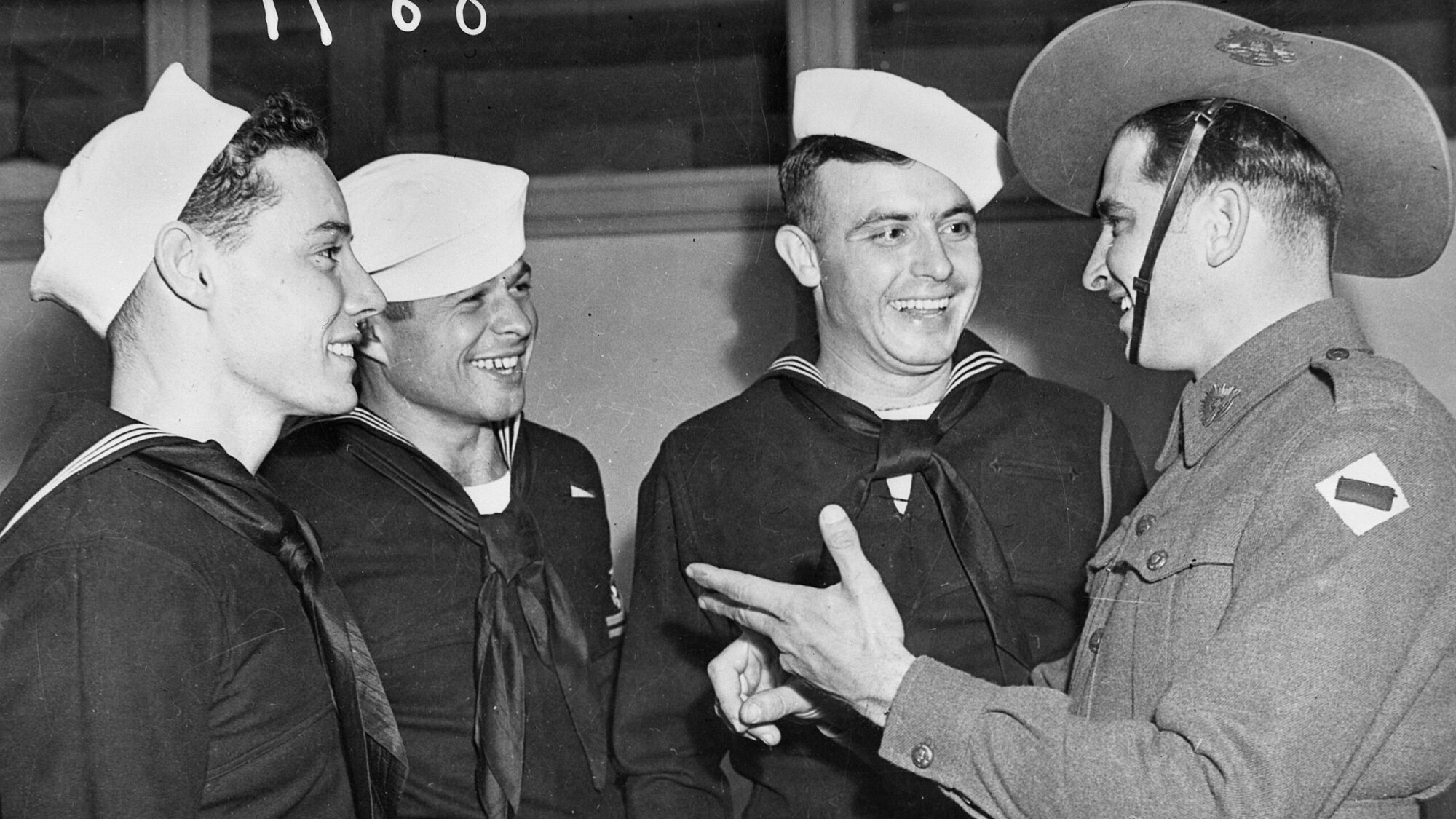
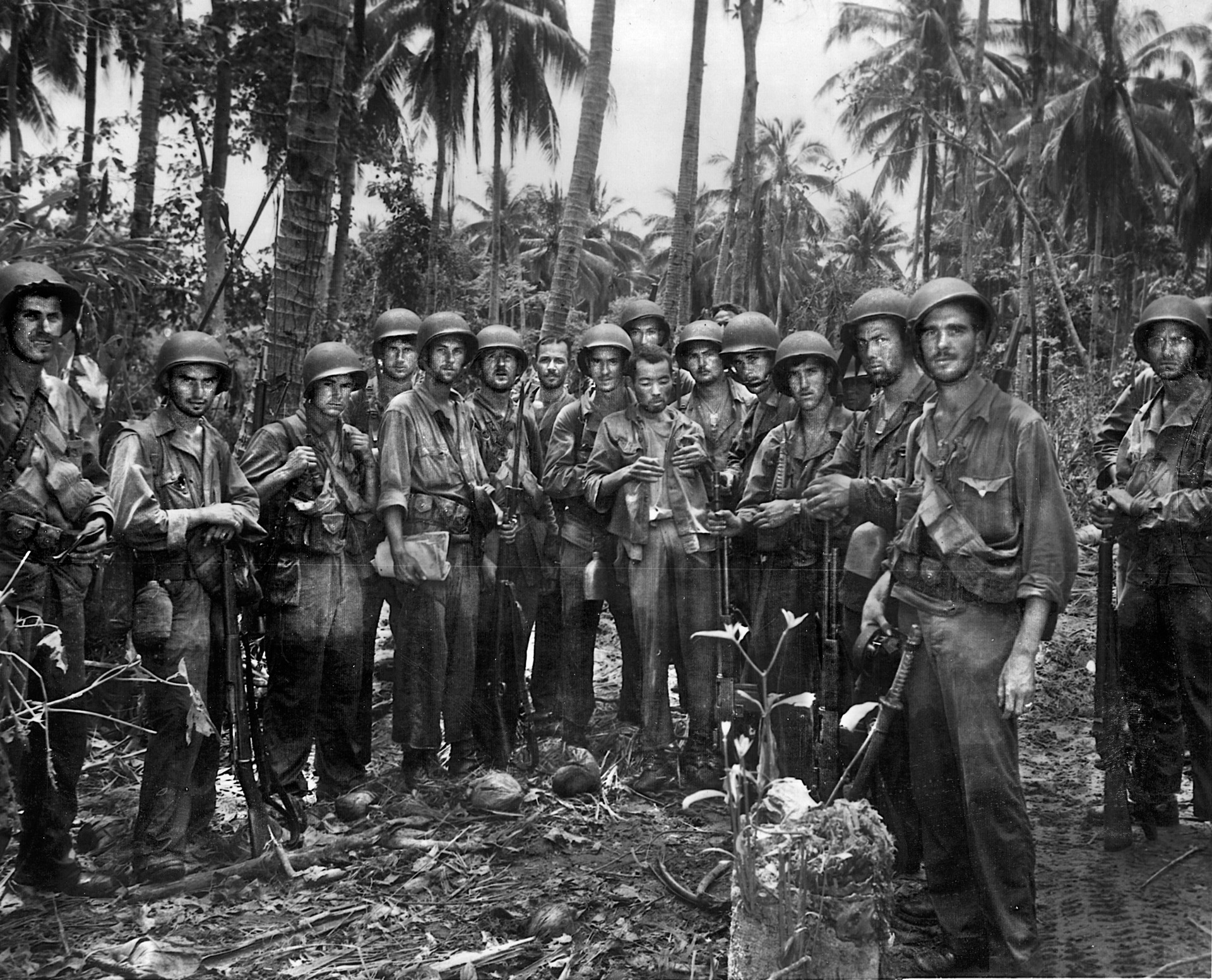
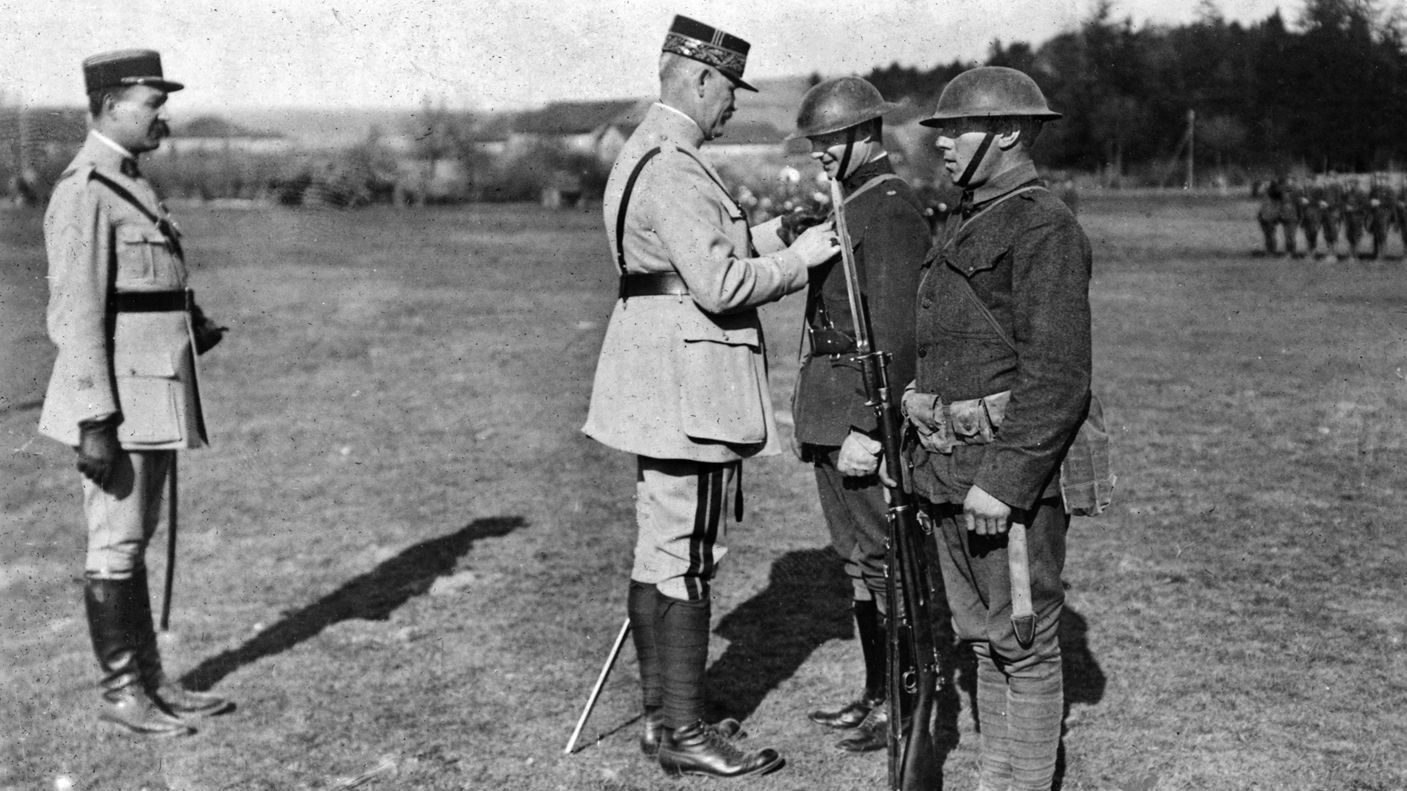
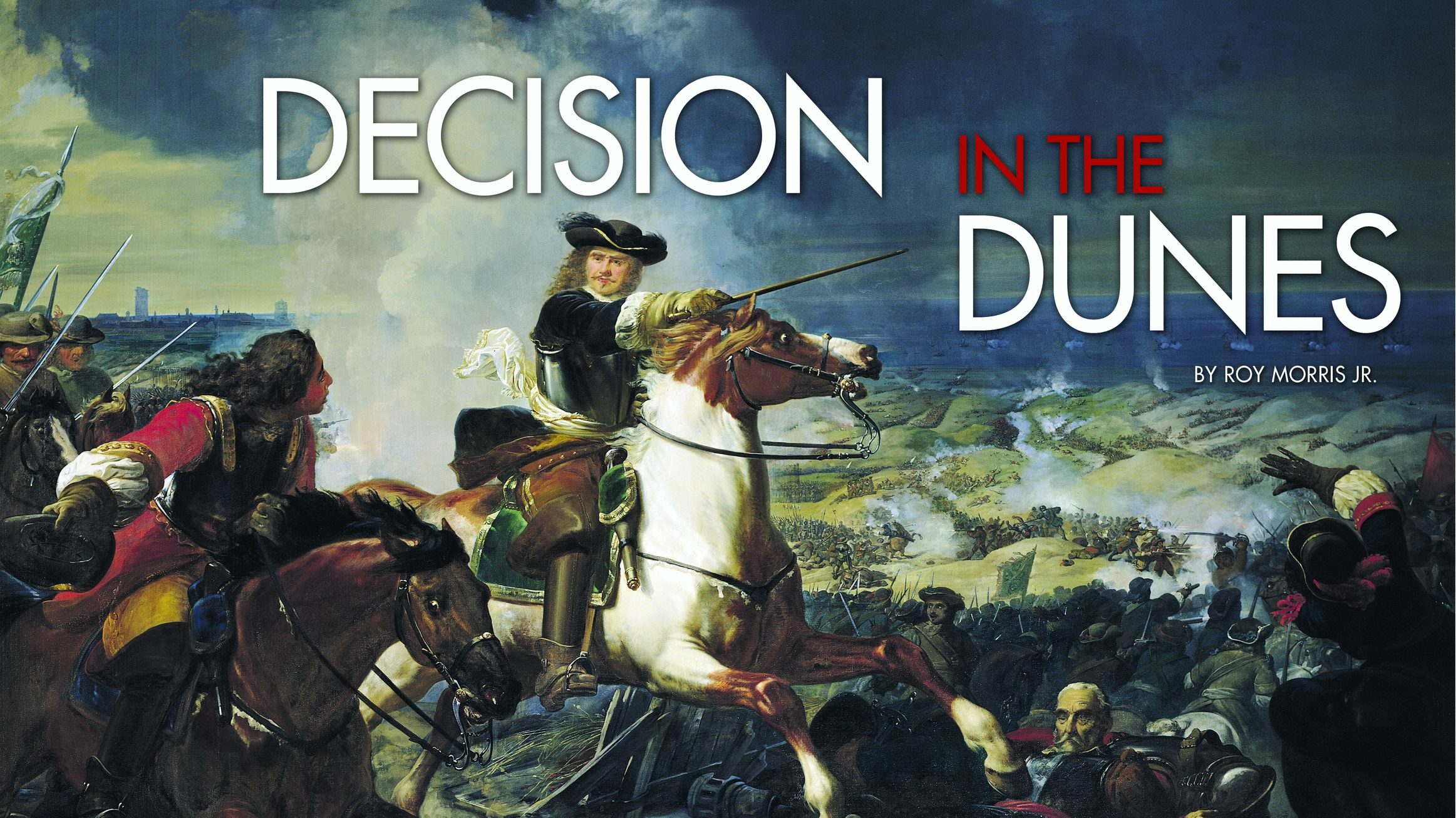

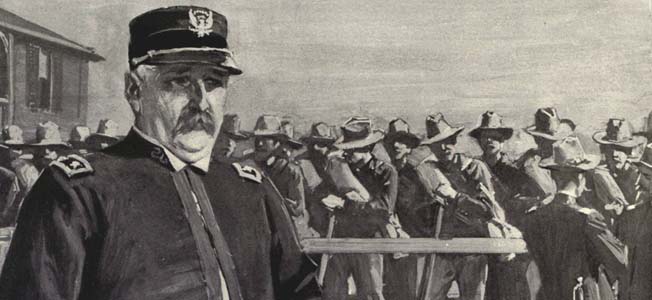
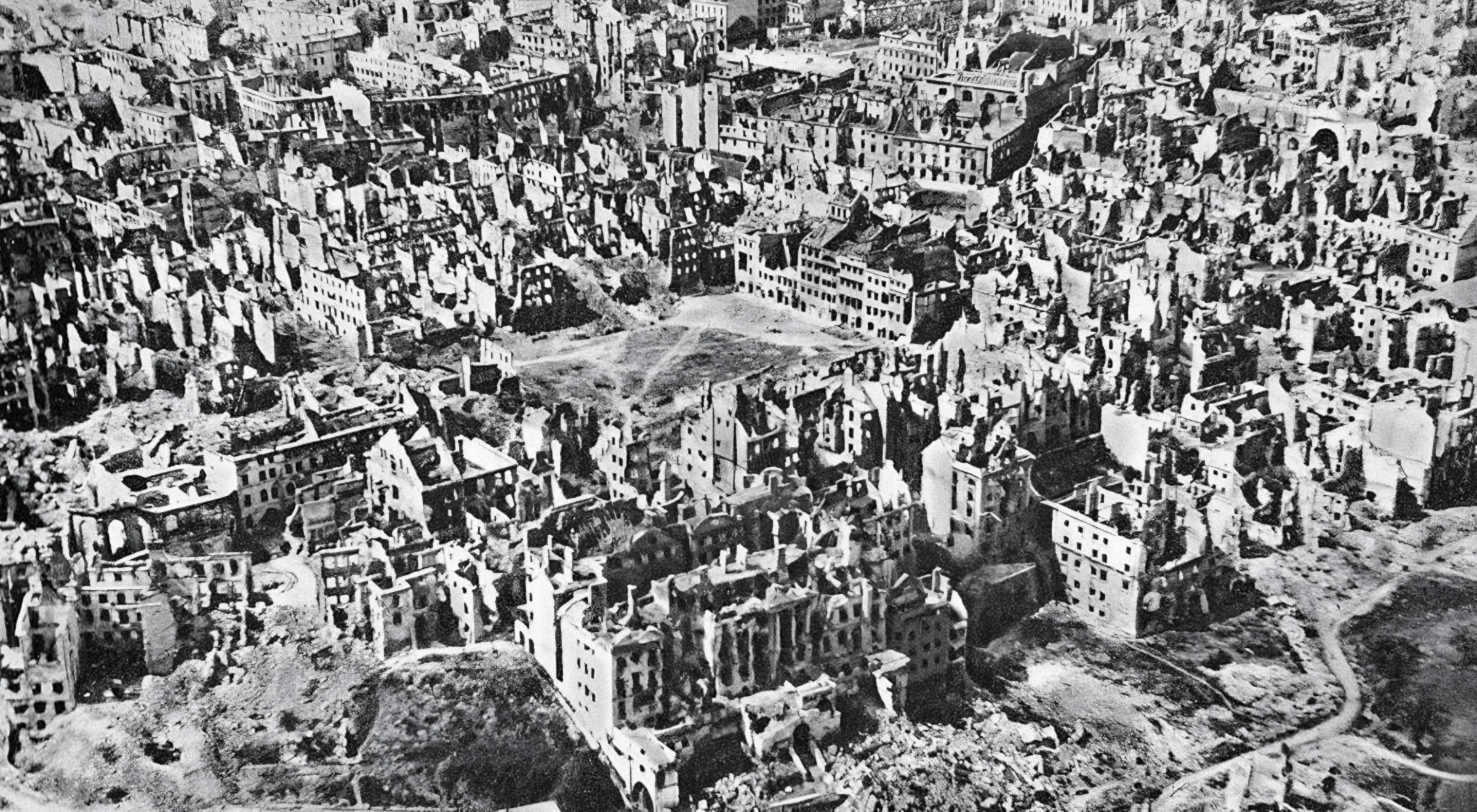
Join The Conversation
Comments
View All Comments